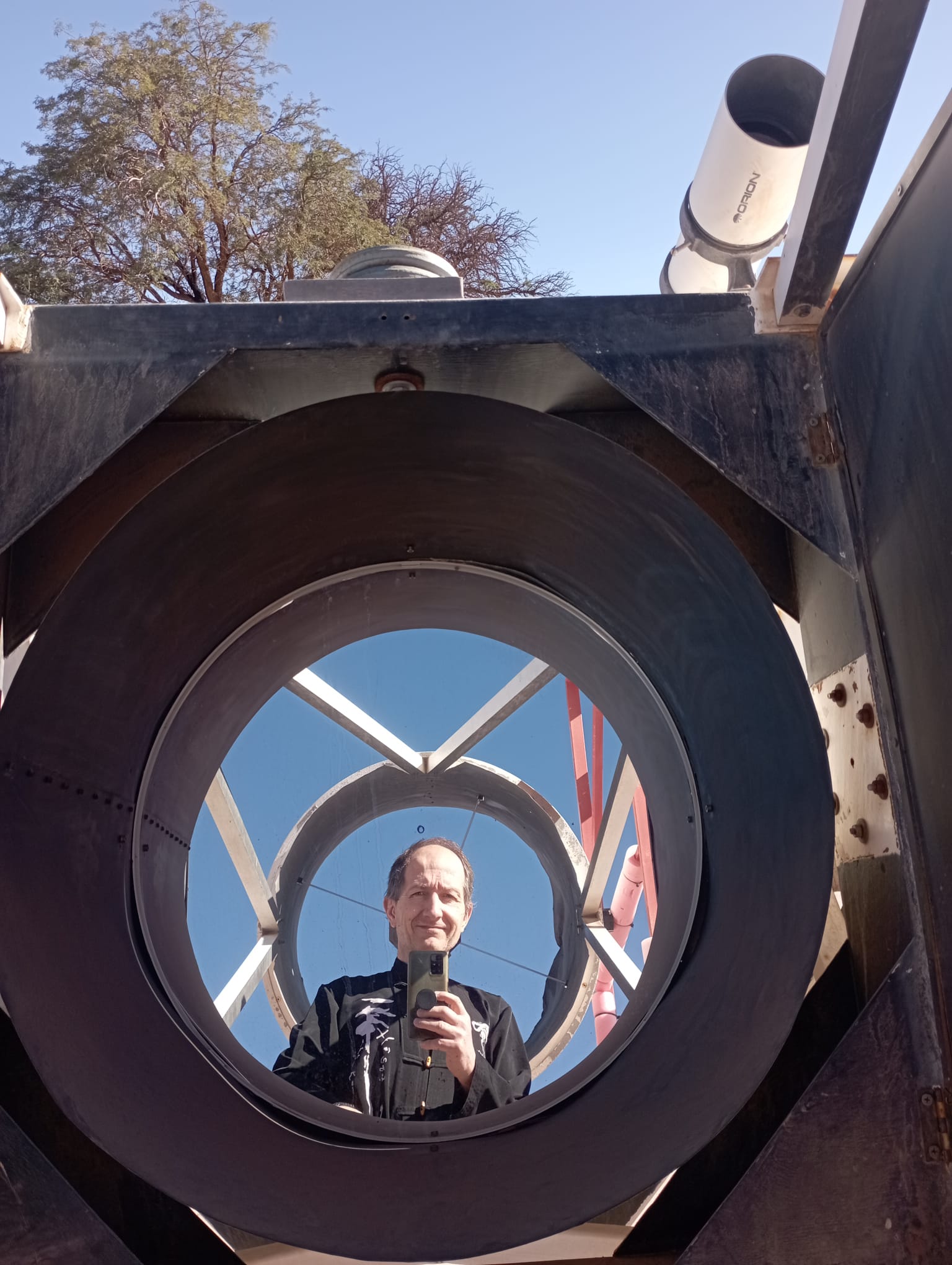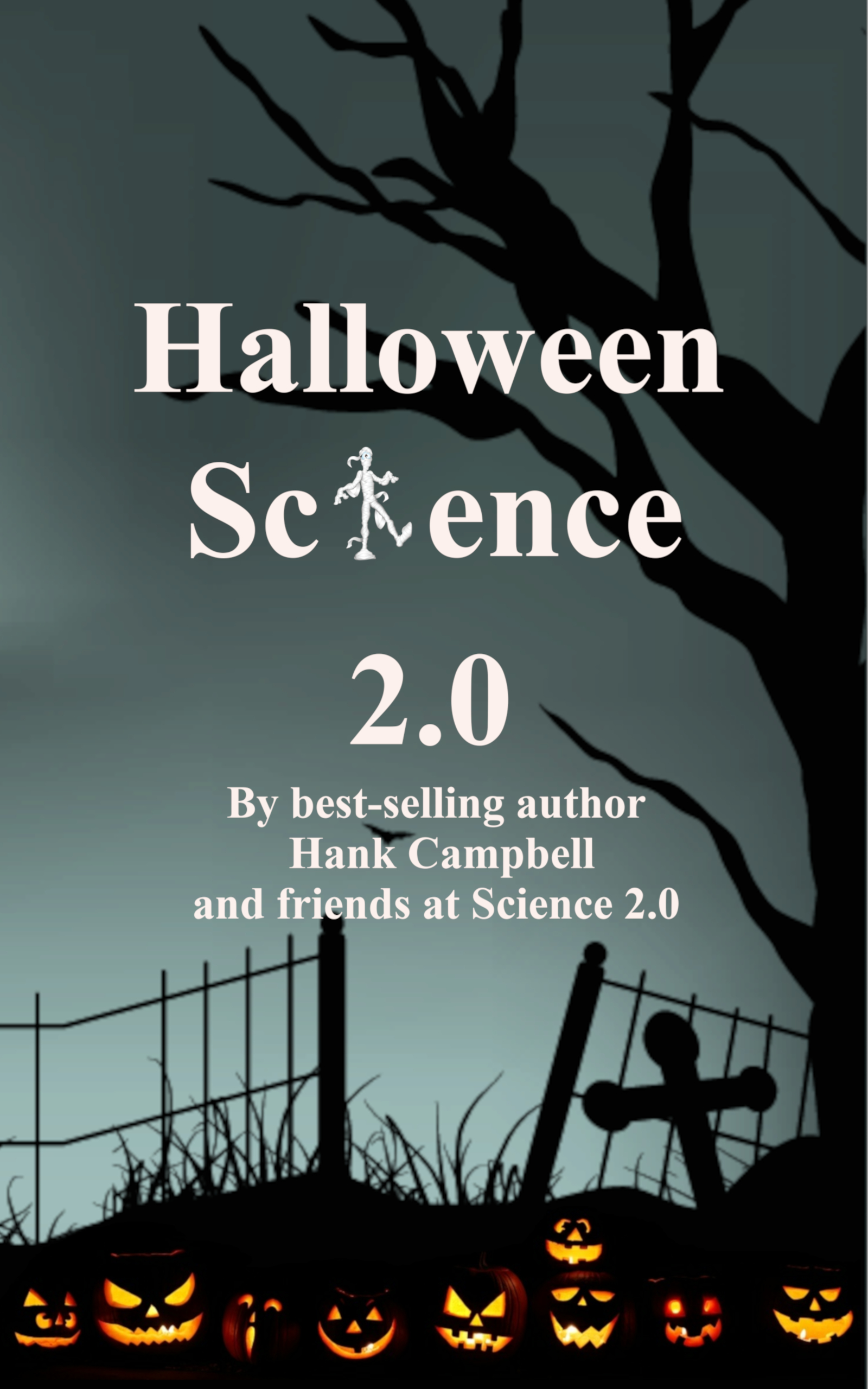Jokes aside, San Pedro de Atacama is a pearl. As you reach it by car after landing in Calama (a place that only exists because of its huge copper mine, a 1.5km wide hole in the ground), you drive surrounded by reddish mountains with zero vegetation around, and the landscape makes you think you are on Mars. On the horizon, the tips of 5500+ meter tall mountains that only show a glimpse of white during the winter season (which basically starts now).
In San Pedro there are countless natural excursions possible, first and foremost the obligatory visit to the Valle de la Luna, a place that really does not look like Earth at all. But there are also oases, crystalline blue lakes where you can swim sustained by the very high salinity (but the water is pure and clear, not like the venoms of that s**thole in the dead Sea). And there are archaeological ruins, geysers, tall mountain treks. A true wonder for every taste.
For me, an avid amateur observer, there is one further incredible attraction: the ranch of Alain Maury, an astronomer who built a ranch 5km south of San Pedro, from where he still does active research on asteroids and other activities. He also hosts a sky tour that is always fully booked (please see his web site https://spaceobs.com for detail). And he has numerous large telescopes with which to watch the wonders of the southern sky. His largest one used to be a fantastic 72cm instrument, which he also rents, but now he built a 115cm reflector with which he offers "bucket list" tours of the night sky to the lucky clients who manage to reserve a night there.

Above: the 72cm scope and the ladder used to access the eyepiece, set in their stationing position
All the above said, it should be no wonder to you that upon hearing that the next collaboration meeting of the SWGO experiment (a ground-based array of thousands of water cherenkov detectors that aims at measuring ultra-high-energy gamma rays from the cosmos) was going to be held in San Pedro de Atacama (the closest town to the intended site of the experiment, which will be built in the Parque Astronomico, at 4800m altitude) I jumped on the occasion to visit for a third time.

Above: a view into the 72cm mirror
And now I am here. I flew in from Lulea on May 2, in Sweden, with stops in Stockholm, Paris, and Santiago, and including the final drive the trip took me 38 hours! Enough justification for crashing on the bed for at least 12 more, but no - the first booked night with the 72cm scope of Alain Maury was last night, so I mustered all my residual strength and observed the night sky from 11PM to 4AM this morning. And tonight I will do the same.

Above: another view of the scope, looking east
So what did I see? It is impossible to describe the amount of detail I could see in the targets I aimed the telescope at last night. Just too awesome to report. But in a nutshell, I decided that the first night would be a "recoinnassance" tour of some of the brightest, most beautiful jewels, and I would leave the second night to fainter objects. I started off at 11.30PM as the quarter moon was setting, and immediately pointed the telescope at the Leo triplet - M65, M66 and NGC3628. The dark band on the latter was a prominent feature even if the galaxies were already low in the western sky. The complex morphology of the two brighter targets was also a pleasure to inspect.

Above: the Leo triplet. Much of the detail in this image was visible also at the eyepiece
Then I allowed myself a walk on the wild side: no specific aim at any target, but instead a unguided plunge into the Virgo cluster. Just aiming at the area between Leo and Virgo, and then moving the scope at random in any direction revealed countless galaxies of all shapes and brightness. It was mesmerizing, especially because in order to stay in the most populated region I had invented on the spot a "galaxy gradient" - the number of galaxies that would pop into view minus the number that disappeared on the other side of the field of view as I moved the scope by a tiny bit. This was an indicator of whether I was moving in the direction of the center of the cluster (if it went positive).

Above: the southern Pinwheen galaxy
After no less than half an hour with my eye stuck to the eyepiece, perched on the scope from atop a tall ladder, I came back down and started doing serious observing again. In succession I saw a delightful set of objects: the southern pinwheel galaxy, the Sombrero galaxy, the Omega Centauri cluster, the Centaurus A galaxy; and then M8, M20, and other jewels of the Milky Way. I finished the night with a peek at three favourite targets that I often observe from the northern hemisphere: the ring nebula M57, the dumbbell nebula M27, and the M13 cluster. In particular, M57 allowed me to see its central star, and a faint glimpse of the tiny galaxy that lies just a few arcminutes from it; and M13 similarly allowed me to locate two faint galaxies that lay nearby.
Now, how much did that cost me? In monetary terms basically nothing to speak of - the renting cost is so affordable that it looks like background noise. But I had forgotten my gloves at home (in Lulea, not in my lodge room - the beauty of observing at Alain Maury's site is that you can rent one of his lodges, which are really comfortable and fully equipped, and they are at 100 meters from the observing site!), so the moving of the heavy telescope and even worse, the very heavy ladder when I moved from one target to the next, or just the handling of the eyepieces or holding on to the rails of the ladder while I observed, two meters above ground, took a toll! The temperature during the night was a mere 8 degrees Celsius, and when I finally called it a night and went back home, my hands really thanked me.
A final word about Alain Maury's hospitality - he is amazing. He provided me with everything I needed, including a set of excellent eyepieces, laser pointer, and filters. He checked on me a couple of times during the night and went to turn on the heating in my lodge unprompted when he understood I had not done it myself. And he instructed me on targets I could watch. I never did his night sky tour but I know everybody five-stars him... Do not miss the opportunity to visit his place if you come in this area of the world!




Comments